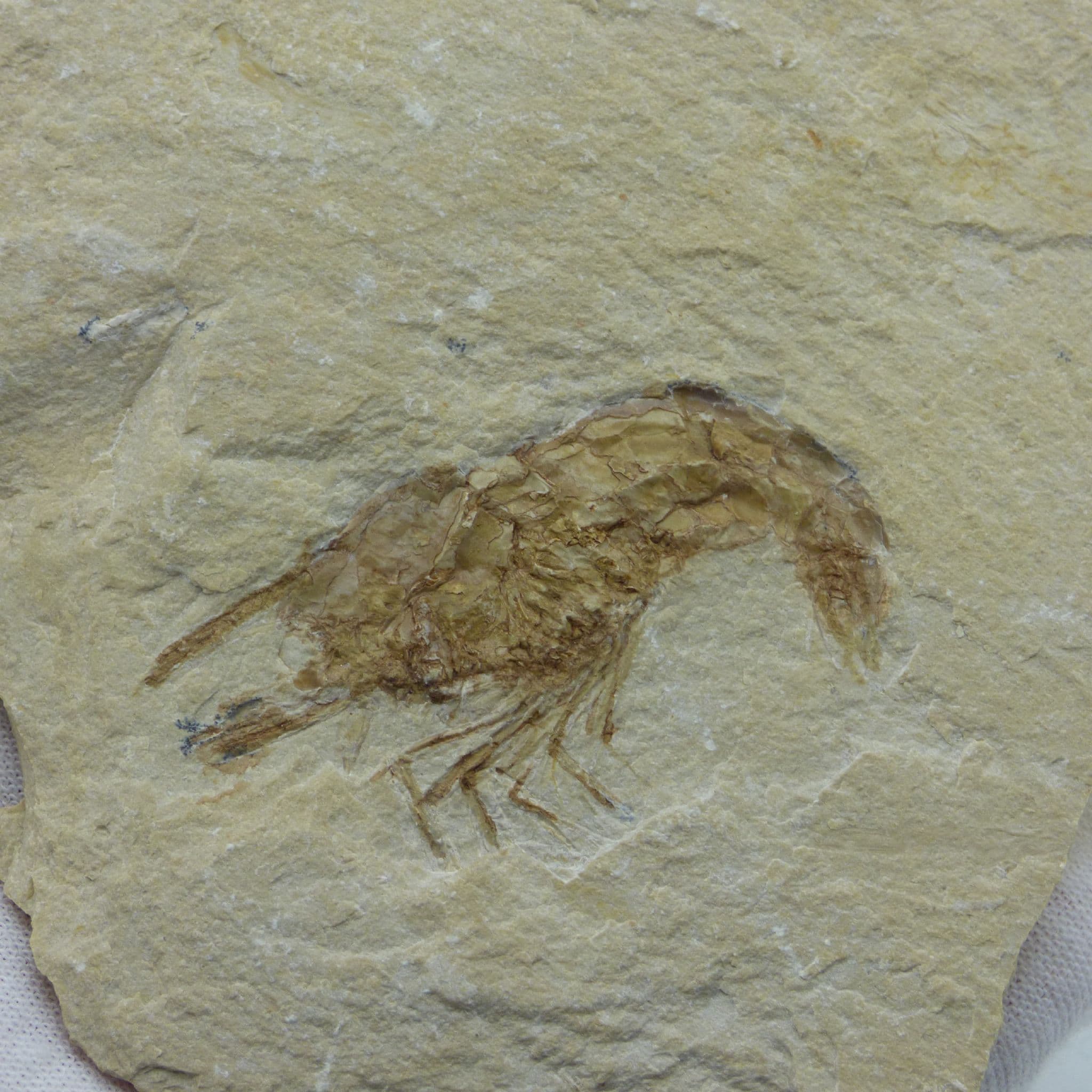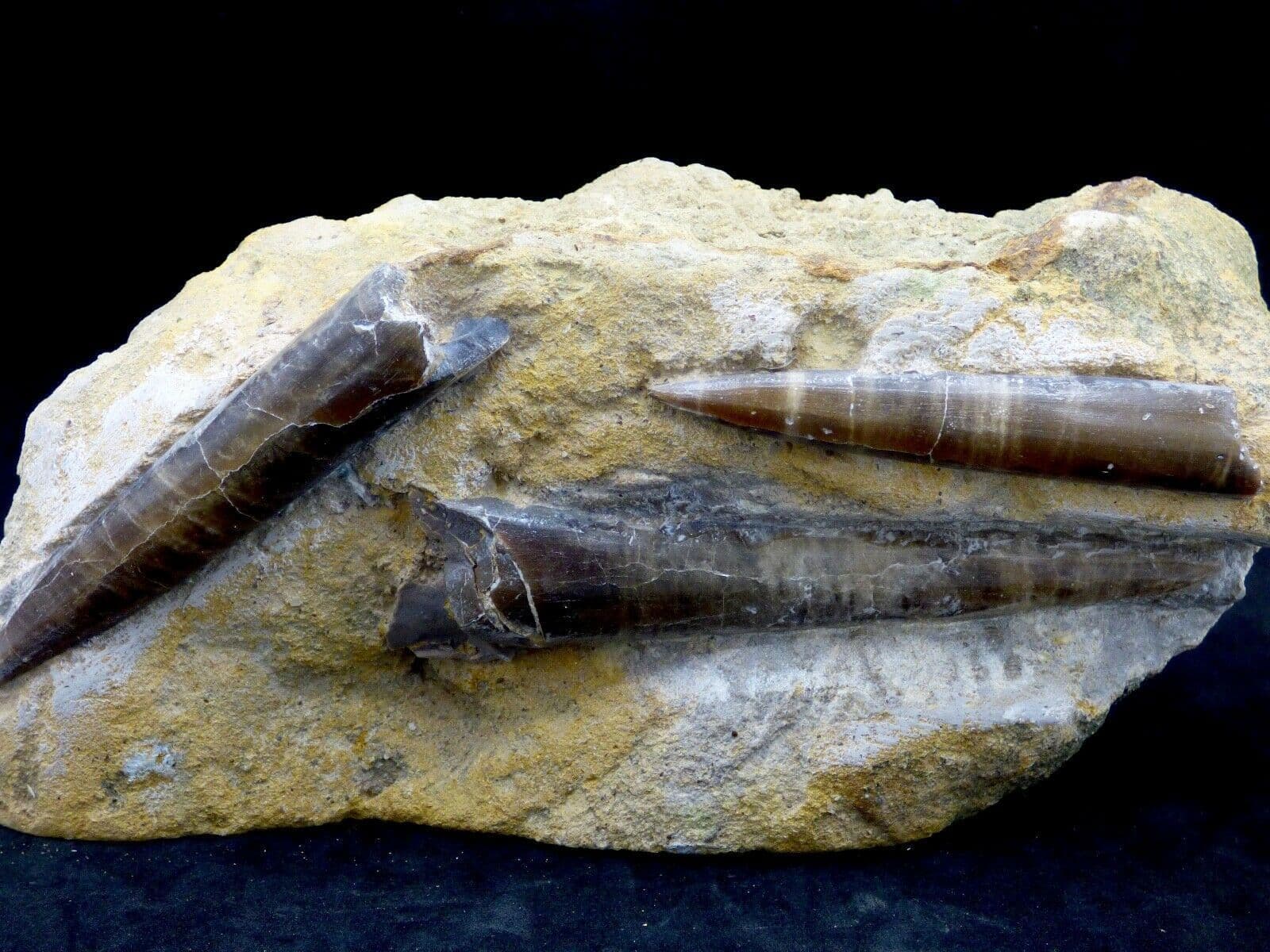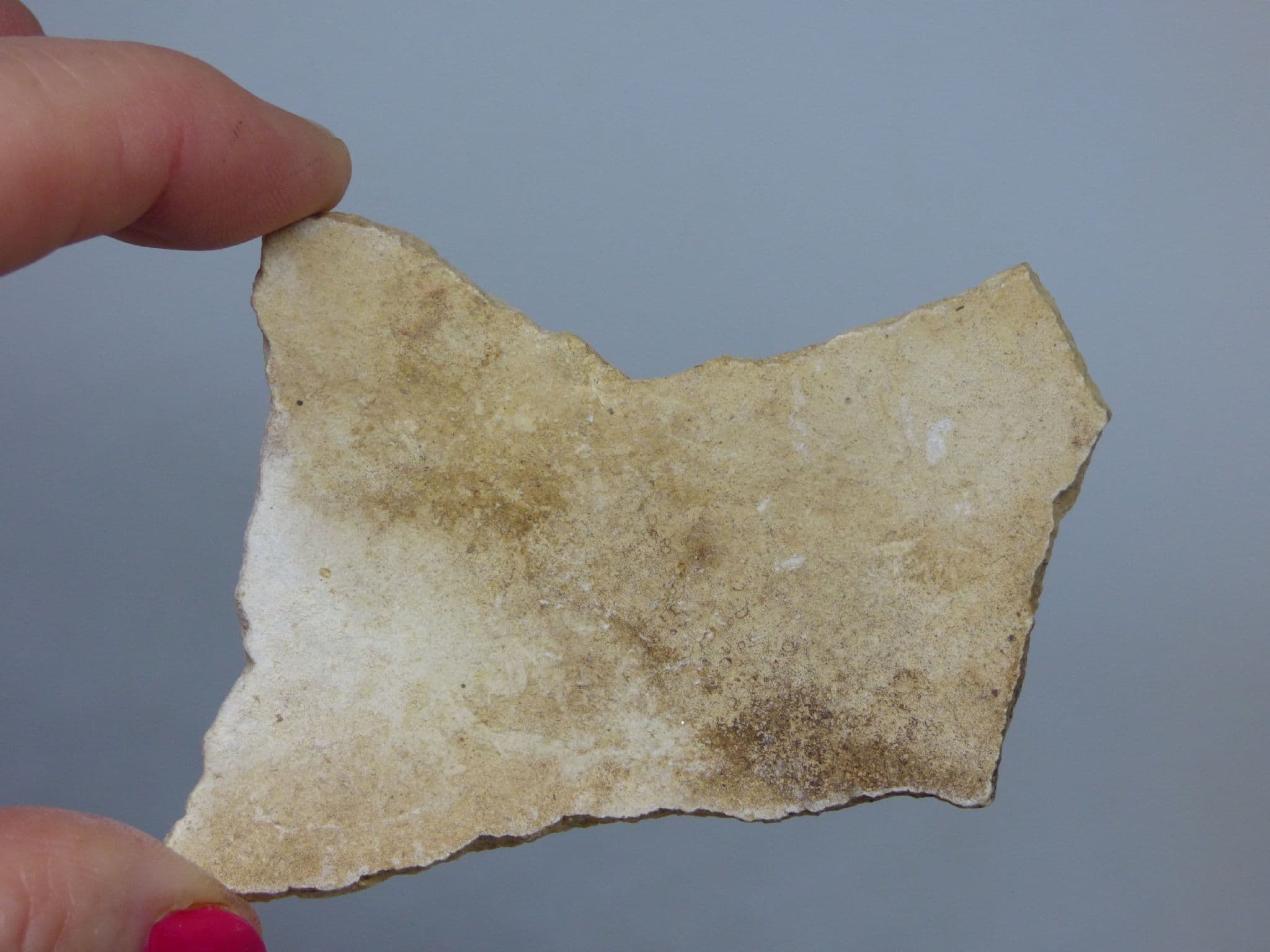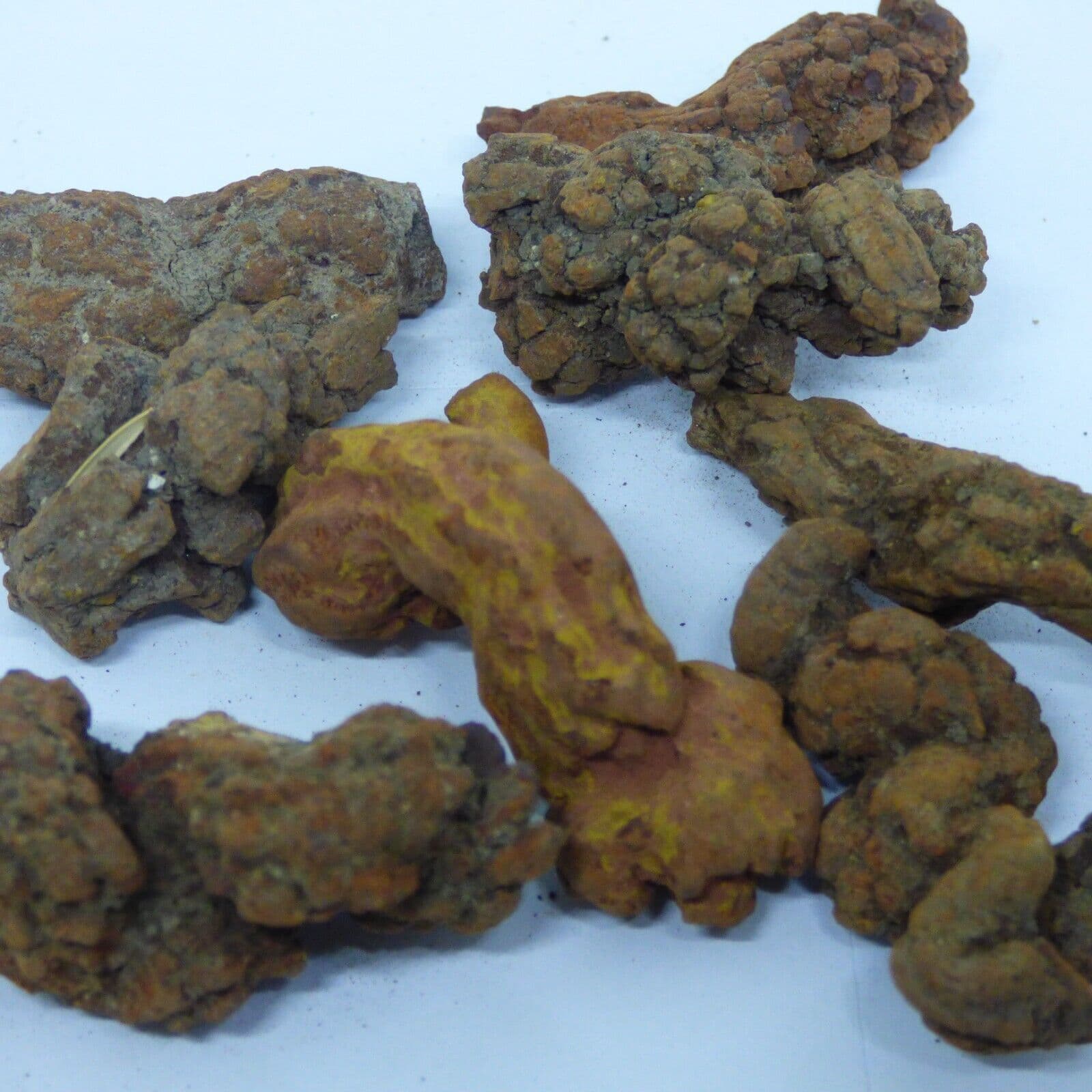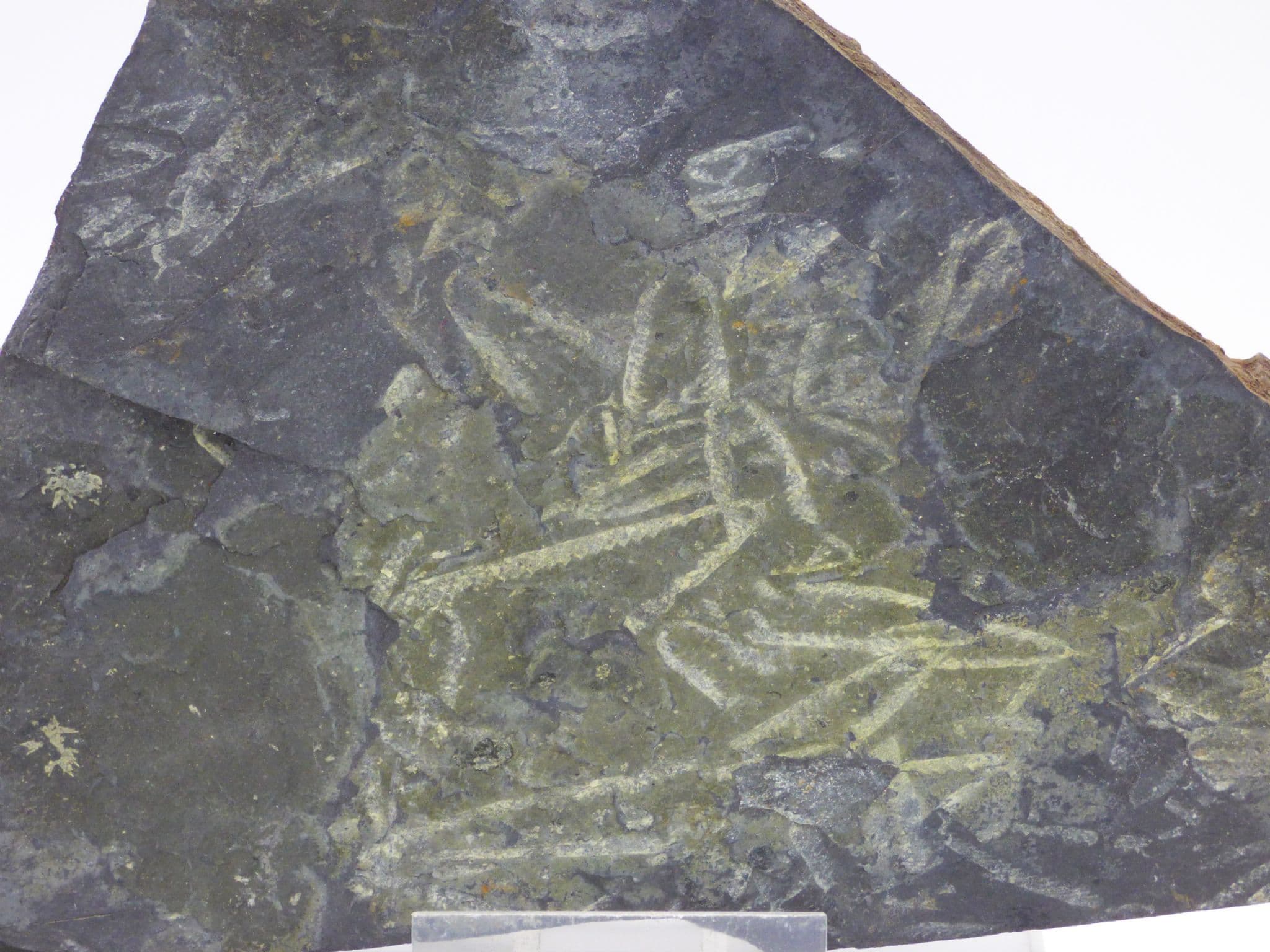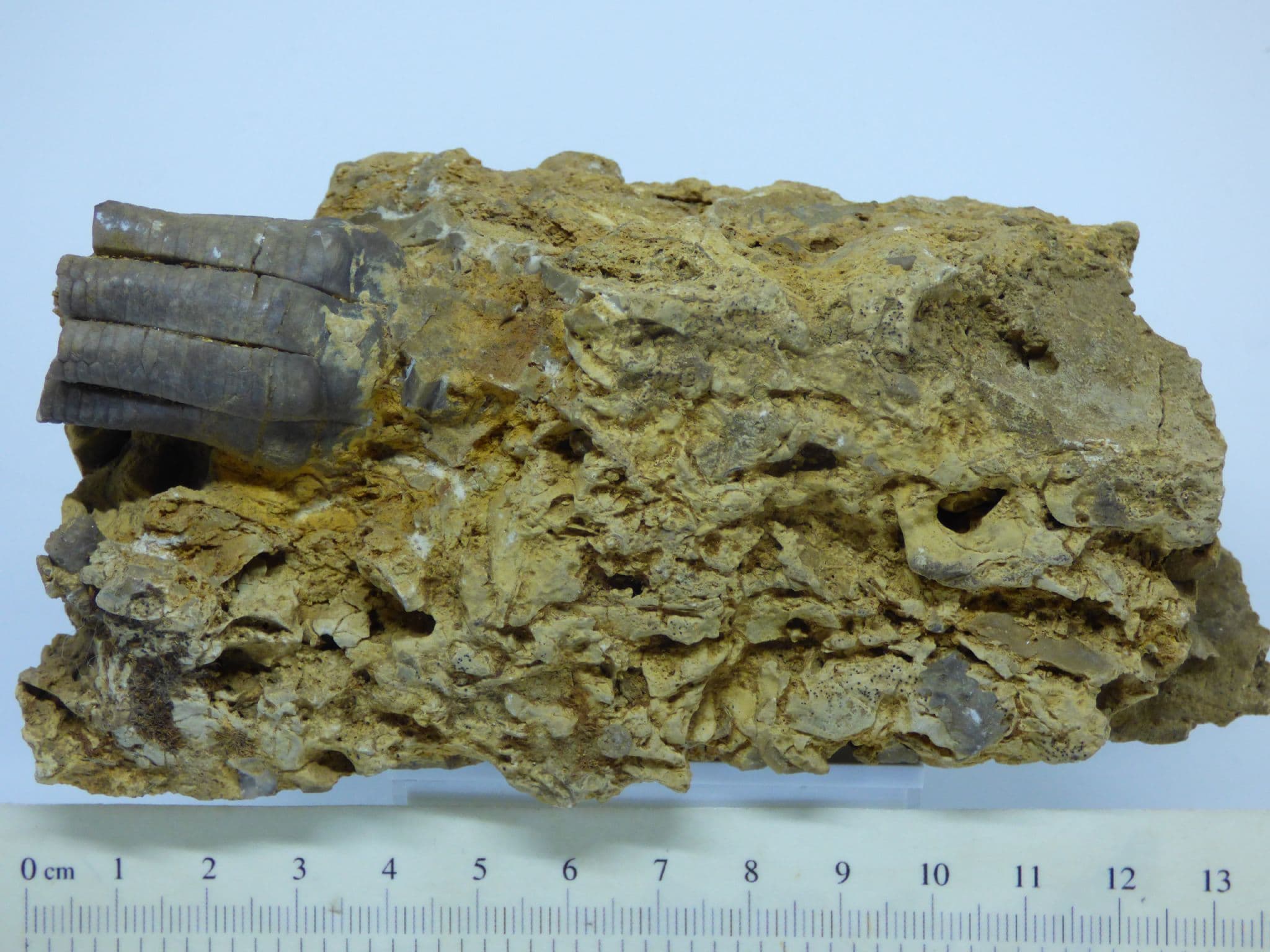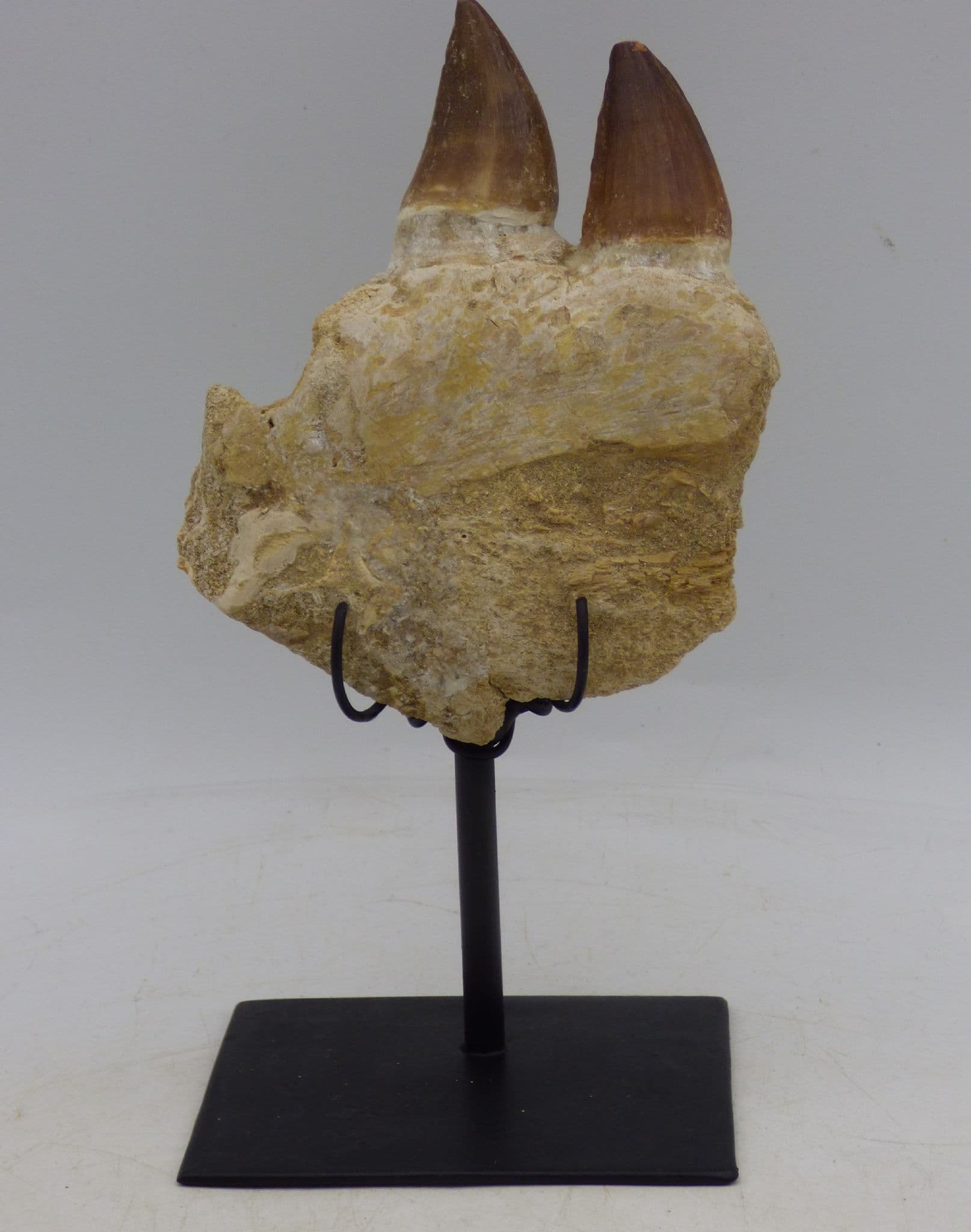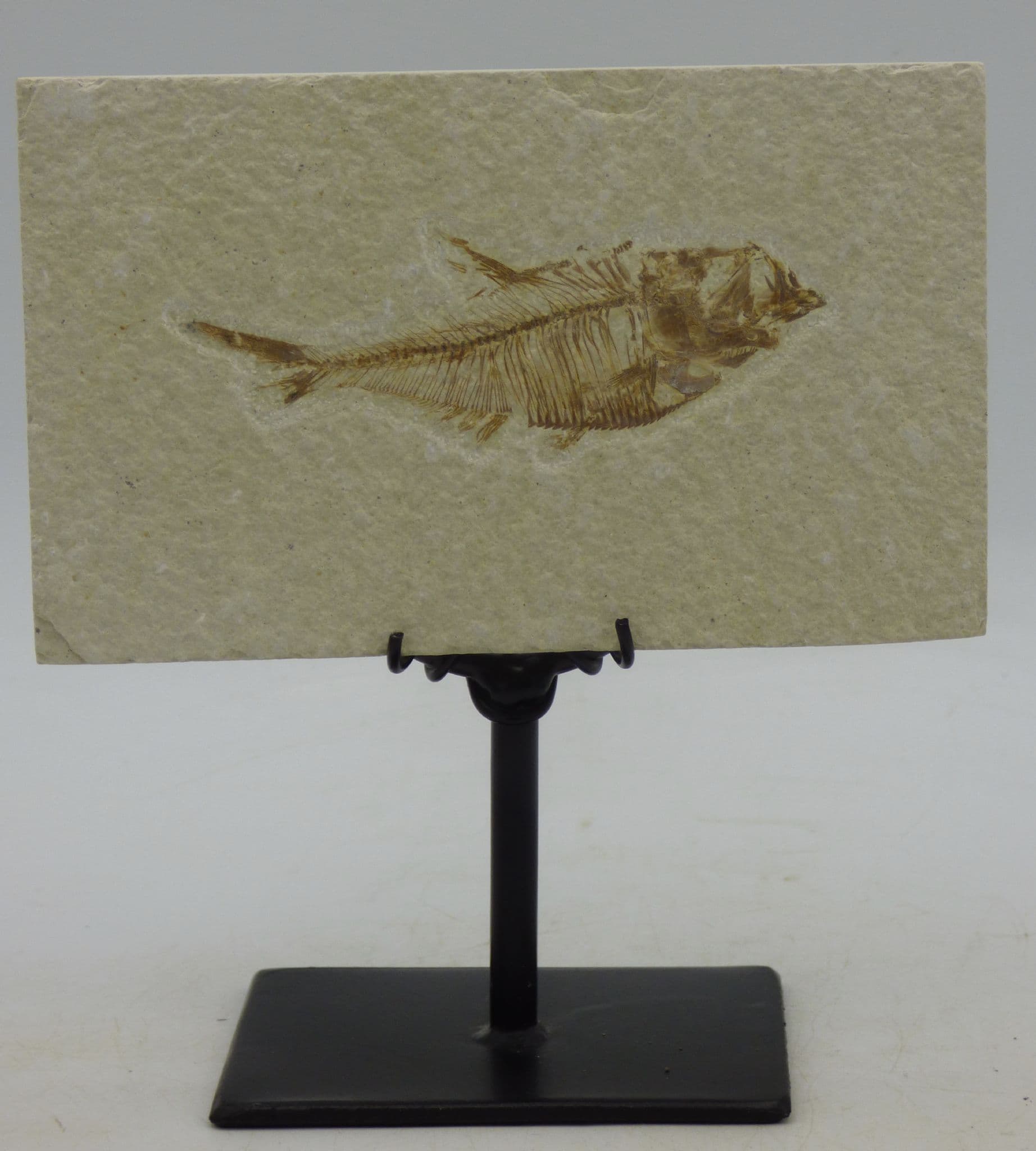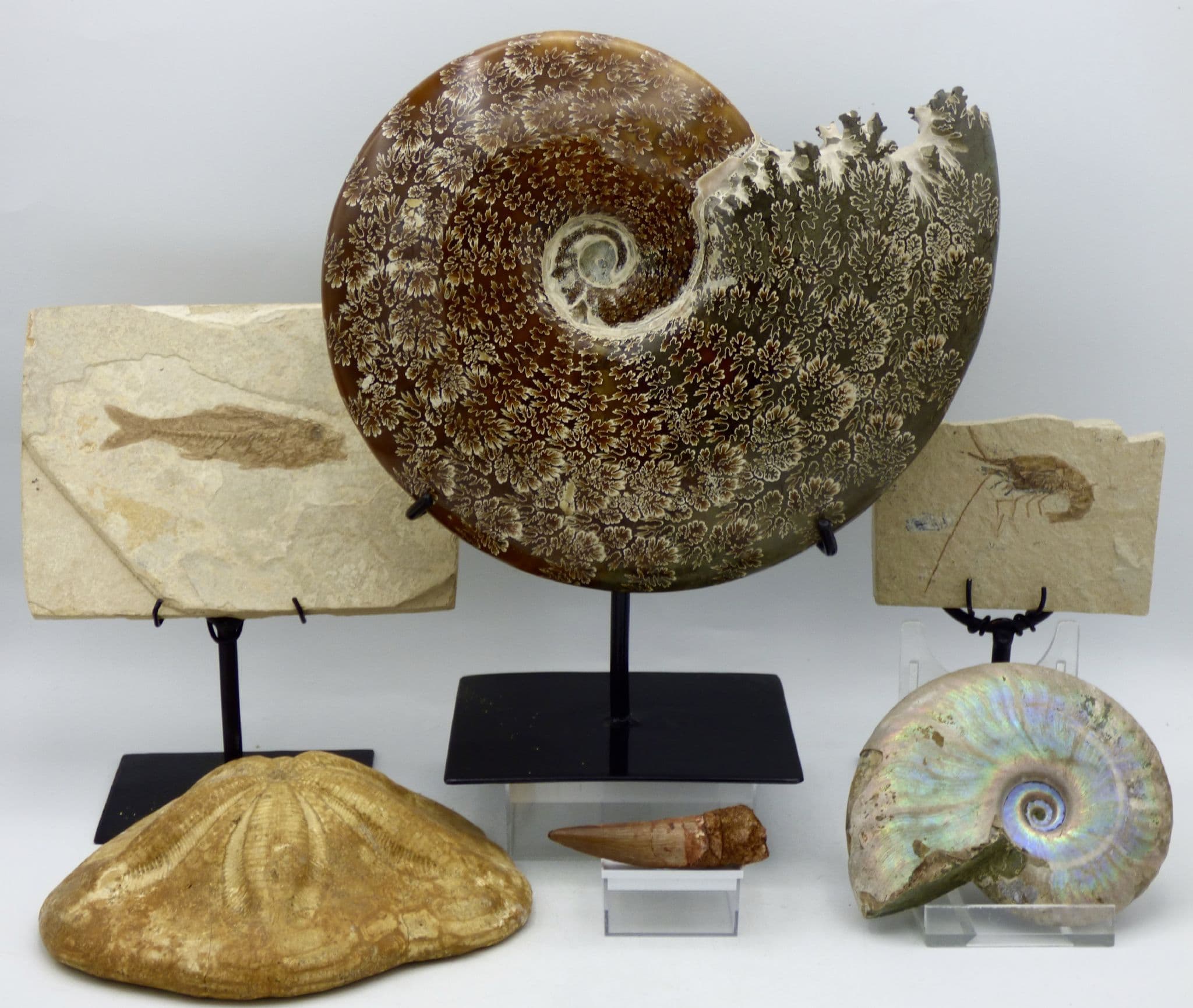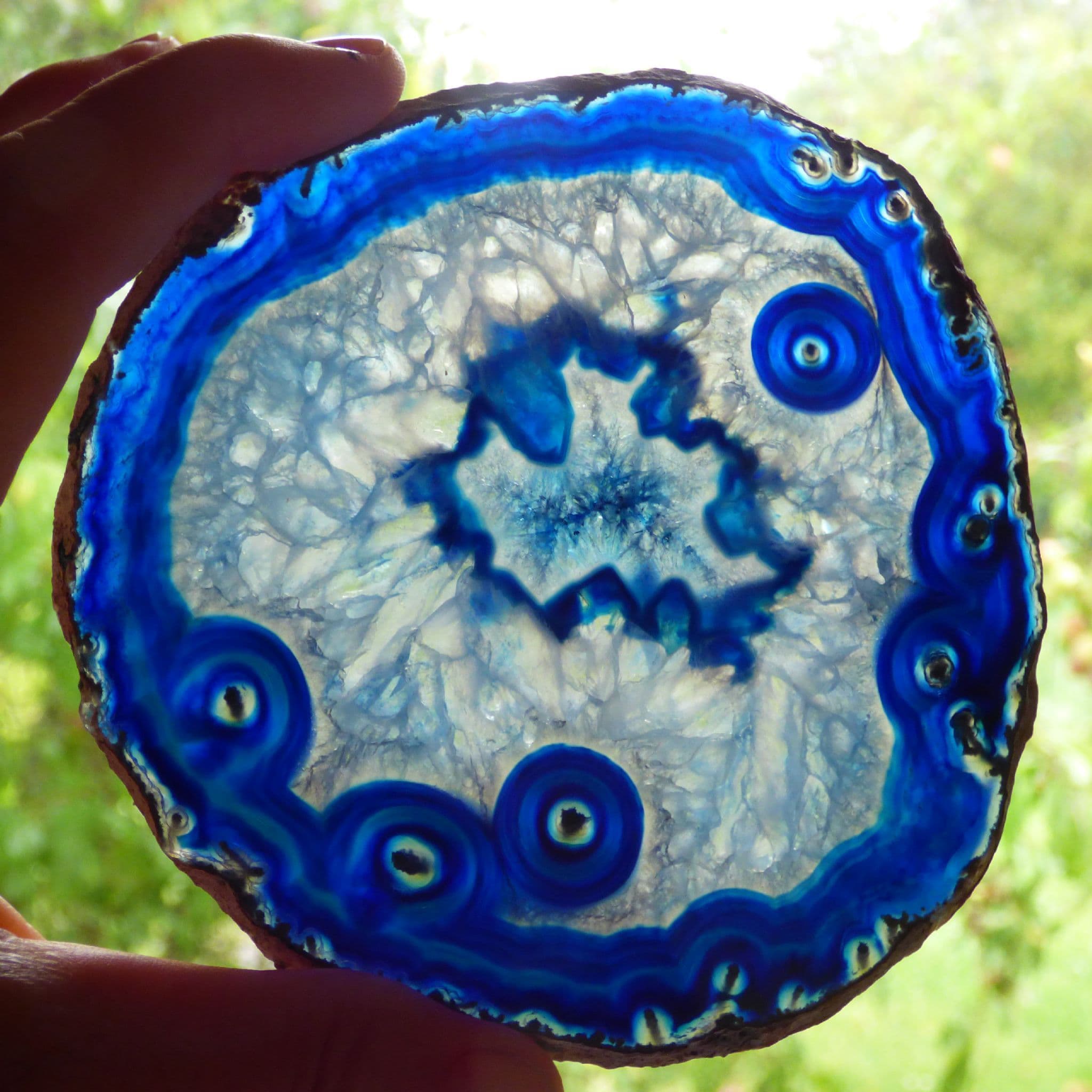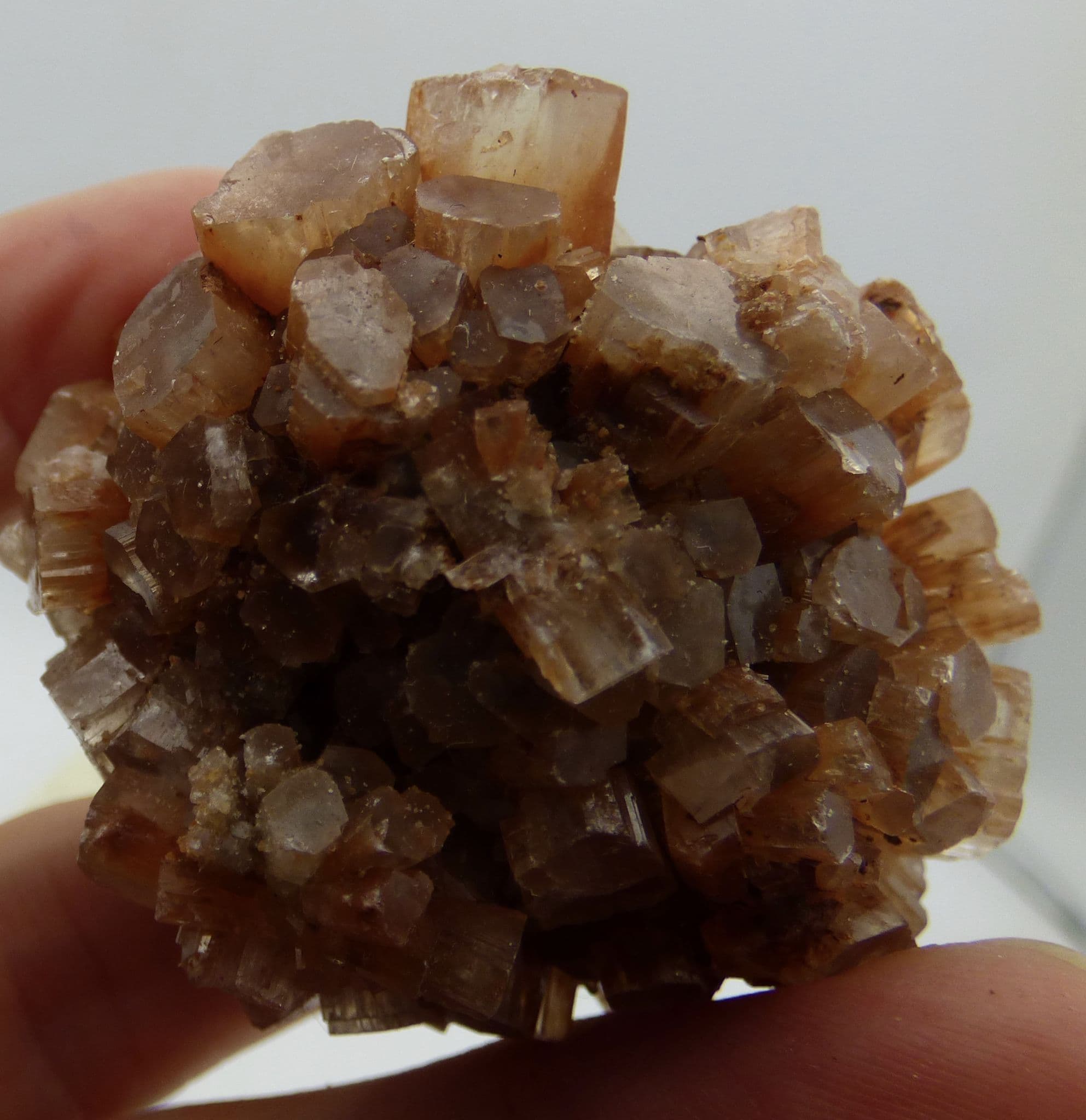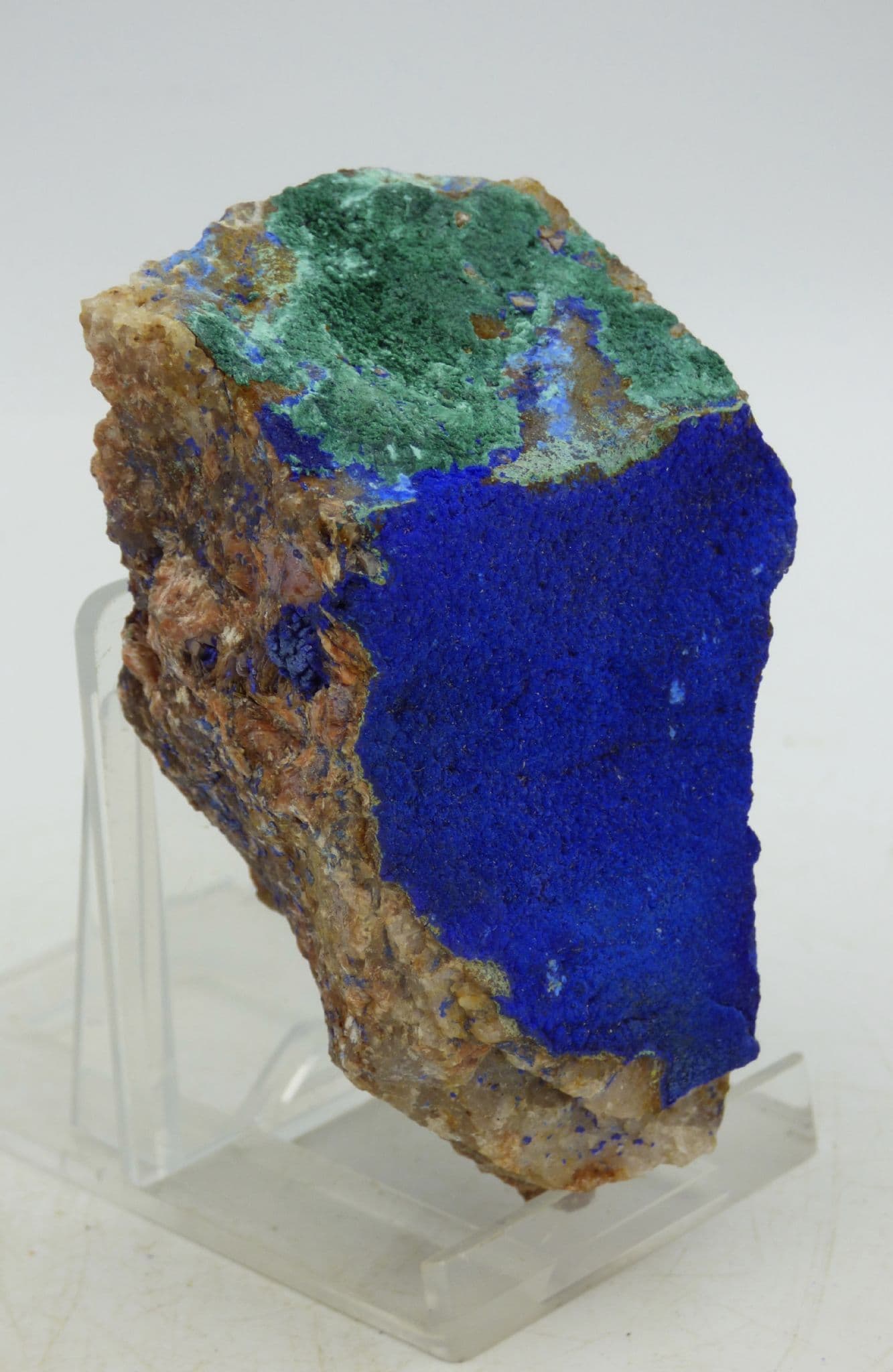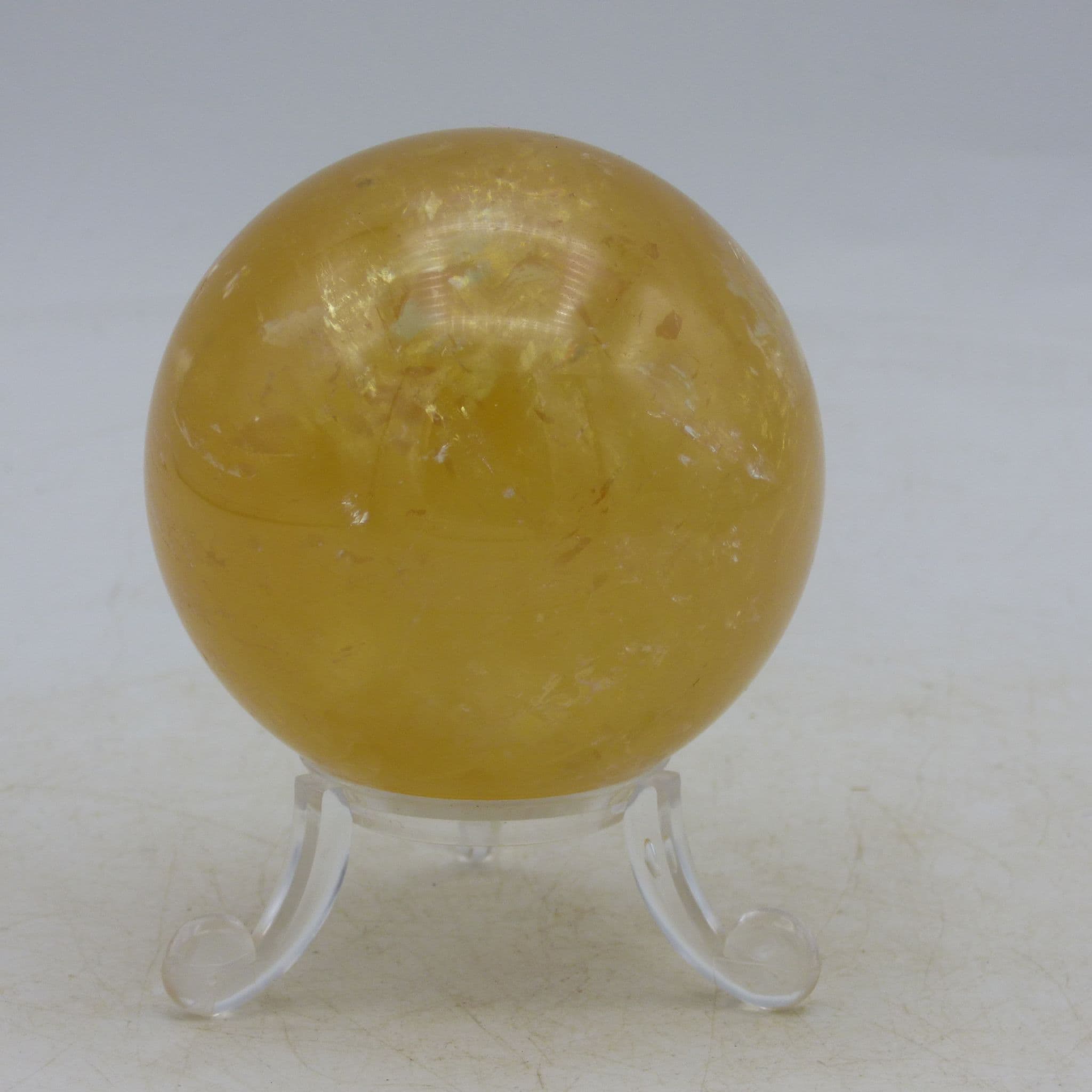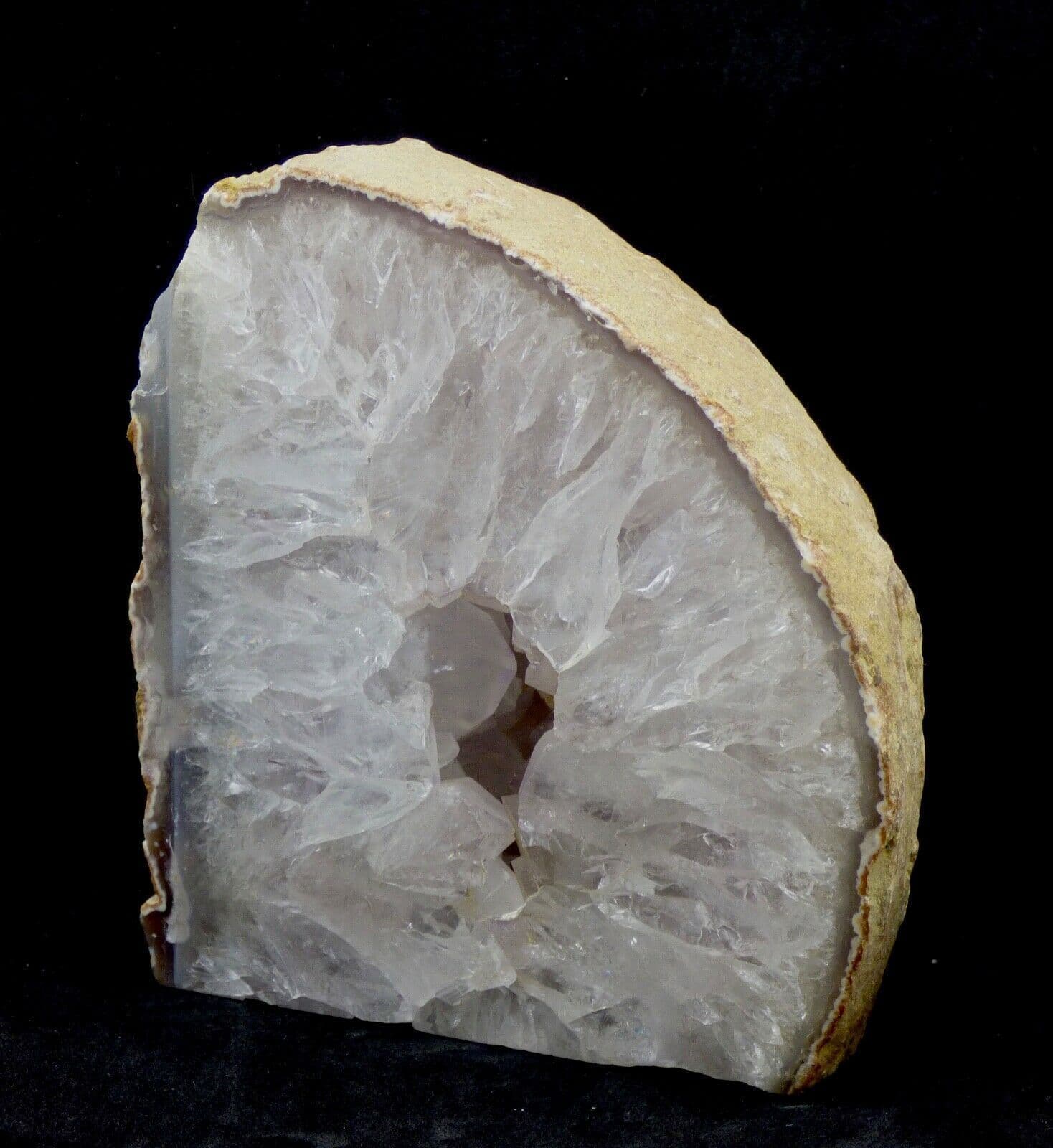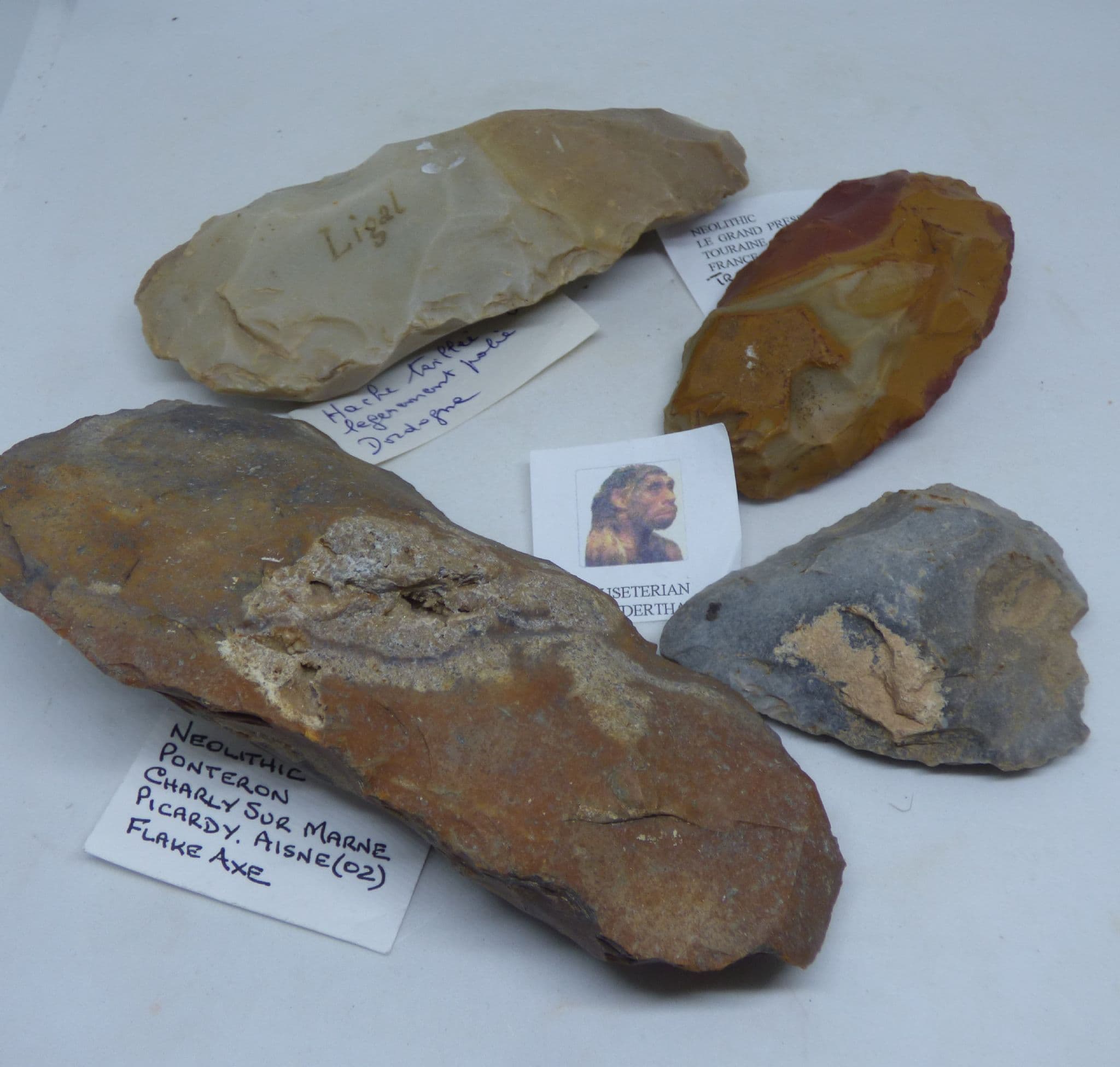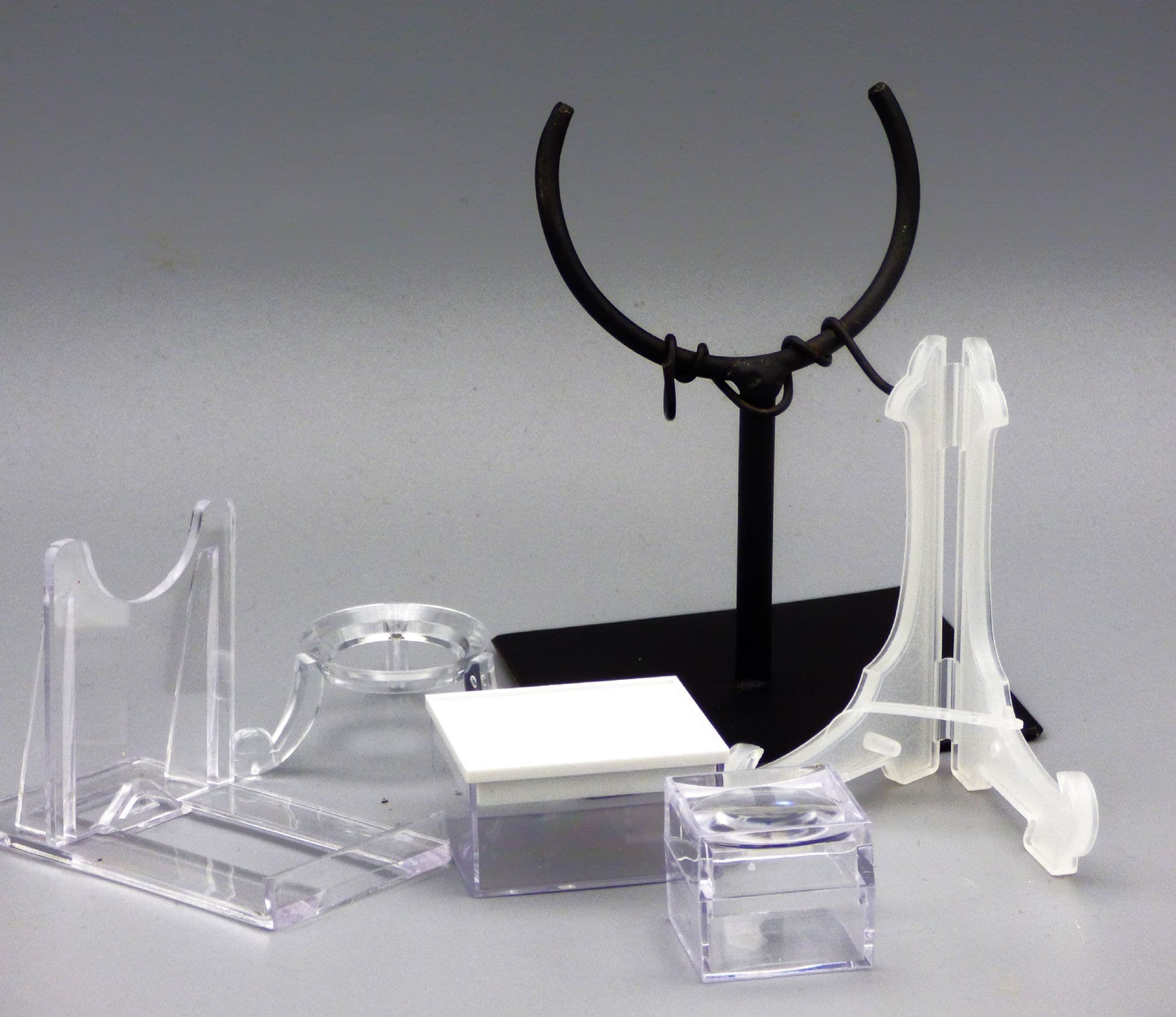Fossil Gastropod Amberleya Subimbricata Gloucester UK
Guarantee Safe Checkout
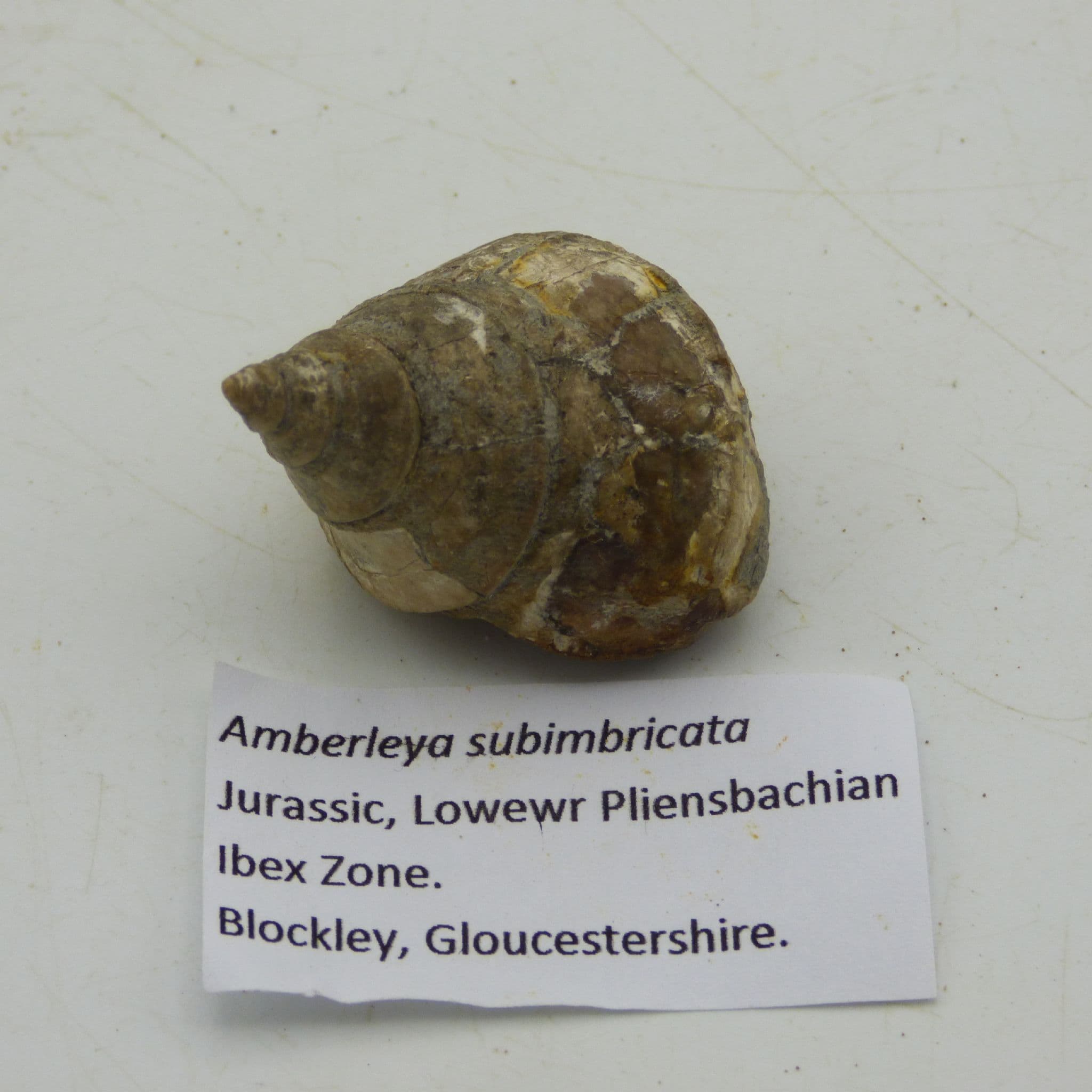
Fossil Gastropod Amberleya Subimbricata Gloucester UK
Fossil Gastropod Amberleya Subimbricata Gloucester UK
Date Jurassic, lower Pliensbachian Ibex Zone
Provenance Blockley Gloucester
Size: 3 x 2.4 cm weight 6 gm
Condition: The fossil is nicely preserved . Code 1126
Gastropods are a diverse group of mollusks characterized by their single, coiled shell and distinct muscular foot. These fascinating creatures belong to the class Gastropoda and include a wide range of species such as snails, slugs, and limpets. With representatives found in marine, freshwater, and terrestrial habitats worldwide, gastropods are one of the most successful and diverse groups of mollusks.
The shell of a gastropod is typically spiraled and may vary greatly in size, shape, color, and ornamentation depending on the species and its environment. Some gastropods have elongated, conical shells adapted for protection and burrowing, while others have flattened, disc-shaped shells suited for life on rocks or vegetation. Some species, such as the nudibranchs, have lost their shells entirely, adopting alternative forms of protection or camouflage.
Gastropods possess a unique feeding structure called a radula, a ribbon-like organ covered in tiny teeth that they use to scrape food particles from surfaces or grasp and tear food items. They exhibit a wide range of feeding behaviors, including herbivory, carnivory, filter feeding, and scavenging, making them important contributors to ecosystem dynamics and nutrient cycling.
Reproduction in gastropods can be varied, with some species exhibiting internal fertilization and others engaging in external fertilization. Many gastropods are hermaphroditic, possessing both male and female reproductive organs, while others are dioecious, with separate sexes.
Gastropods play essential roles in ecosystems as consumers, prey, and decomposers, contributing to food webs and nutrient cycling. Their shells are commonly found as fossils in sedimentary rock formations, providing valuable insights into past environments, climate, and biodiversity.
Overall, gastropods are fascinating organisms with diverse lifestyles, adaptations, and ecological roles, making them integral components of Earth's ecosystems and subjects of scientific study and admiration.


